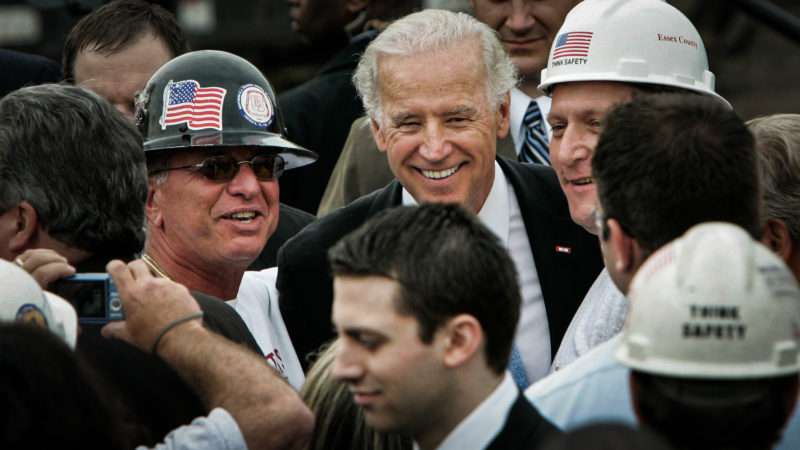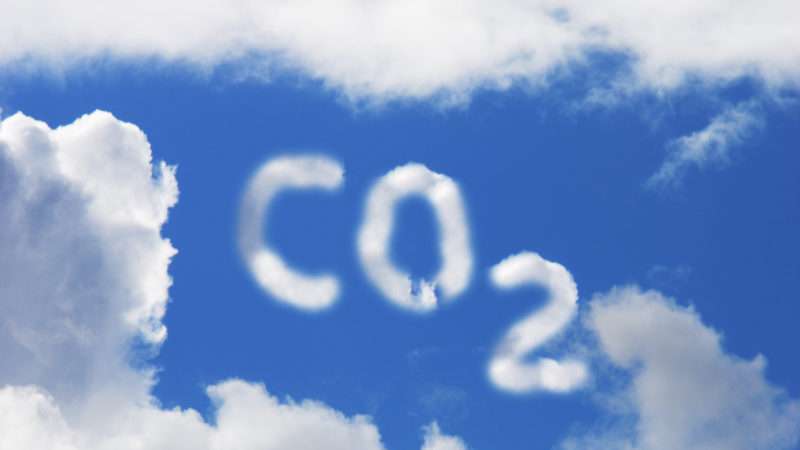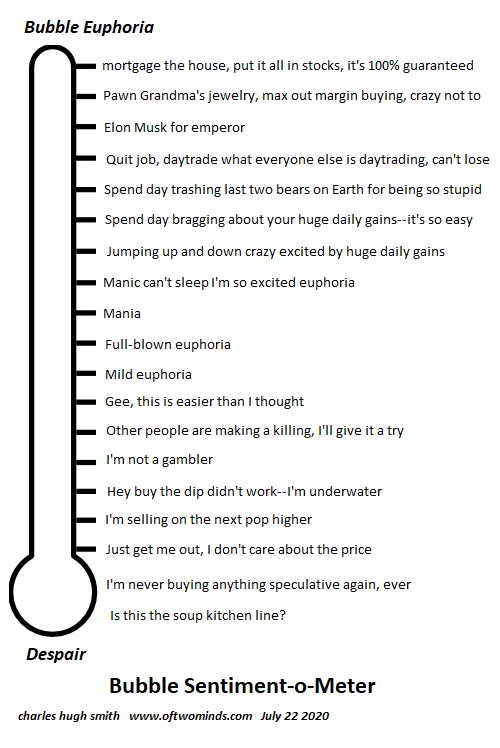Israeli Fighter Jet Intercepts Iranian Passenger Plane Over Syria, Nearly Causes Collision
Tyler Durden
Thu, 07/23/2020 – 16:50
An Israeli fighter jet came close to an Iranian passenger plane over Syrian airspace causing the pilot to change altitude quickly to avoid collision, which injured several passengers, the official IRIB news agency reported on Thursday. Video posted by the agency showed a jet from the window of the plane and comments from a passenger who had blood on his face.
Watch: Video relarased by #Iran StateTV purportedly shows the moment 2 #Israeli warplanes threaten #Iranian passenger plane in the #Syrian airspace. pic.twitter.com/982gEyQb2h
— Habib Abdolhossein (@HAbdolhossein) July 23, 2020
The Iranian plane, belonging to Mahan Air, was heading from Tehran to Beirut and landed safely in Beirut, an airport source told Reuters.
Israel and the United States have long accused Mahan Air of ferrying weapons for Iranian-linked guerrillas in Syria and elsewhere.
The child-killing Zionist regime, frustrated by its failures in fulfilling the Greater Israel project, has now resorted to harassing civilian passenger planes.#ZionistRegime pic.twitter.com/wSqFNGQzFK
— Iran Military (@Iran_Military) July 23, 2020
One passenger in the IRIB report described how his head had hit the roof of the plane during the change in altitude and video also showed an elderly passenger sprawled on the floor.
After the incident, Foreign Ministry spokesman Abbas Mousavi said that Iran will hold the U.S. responsible for any damage to an Iranian passenger plane.
Iran’s Ambassador to the United Nations Majid Takht-Ravanchi echoed the same message, telling the U.N. Secretary-General that the U.S. would be held responsible if anything happened to the plane while it was on its way back to Iran. The warning was also relayed to the Swiss envoy to Tehran; the necessary political and legal measures will be taken once the government’s investigation into the incident concludes
via ZeroHedge News https://ift.tt/2OU4oAk Tyler Durden




